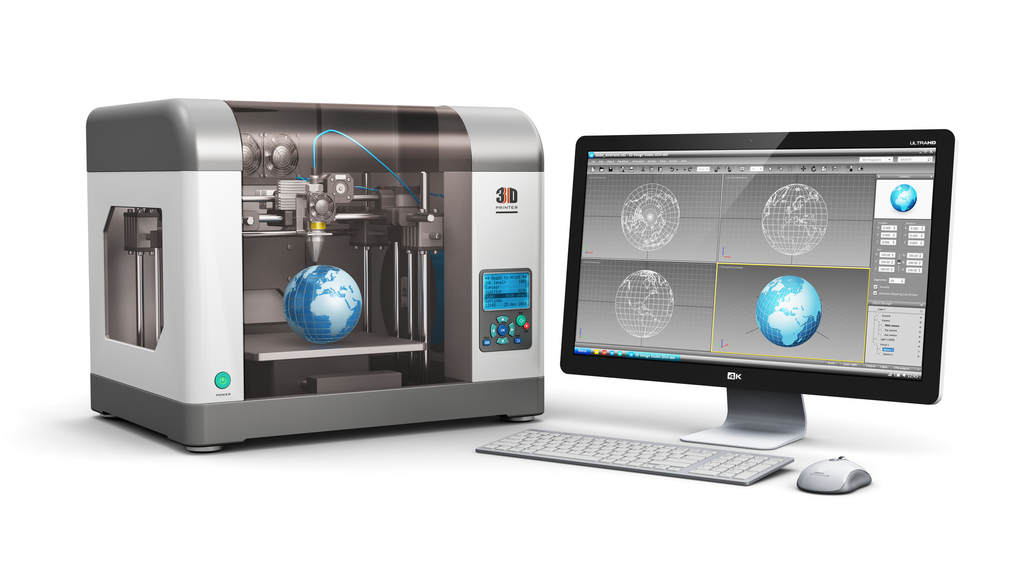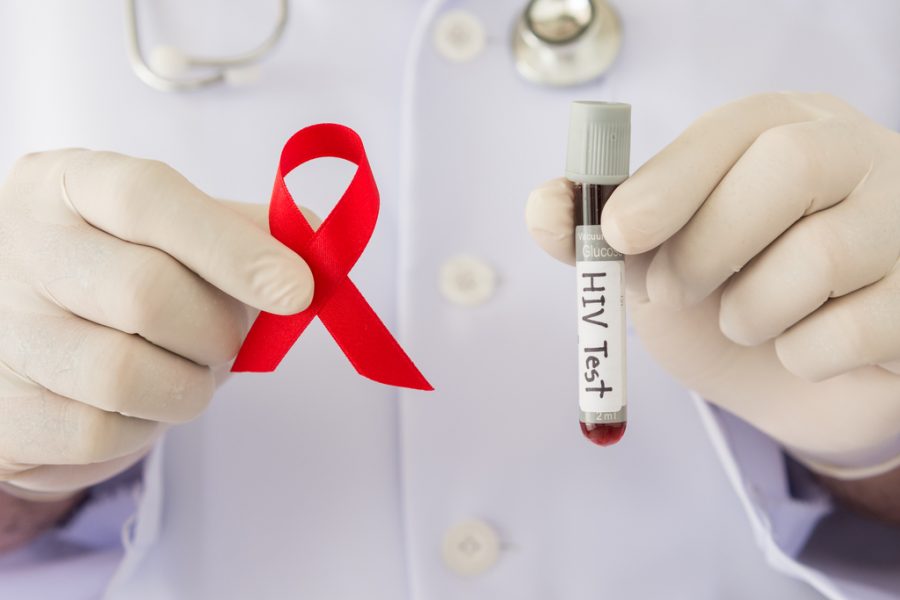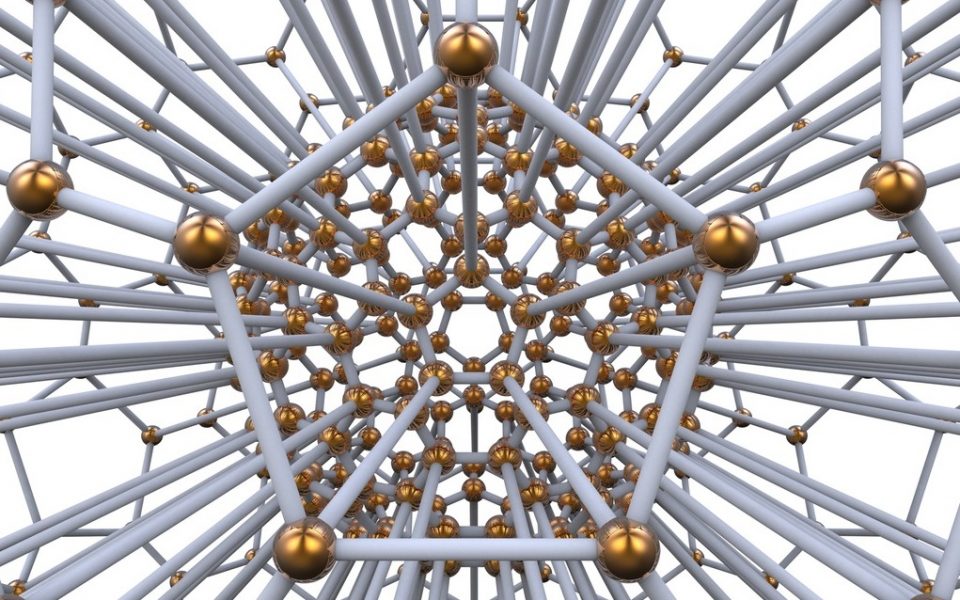Scientists from the University of La Rioja in Spain showed how polyoxymethylene (POM) can be an excellent engineering material for 3D printing when an atmospheric pressure air plasma treatment is applied on a polycarbonate (PC)‐printing base.



Scientists from the University of La Rioja in Spain showed how polyoxymethylene (POM) can be an excellent engineering material for 3D printing when an atmospheric pressure air plasma treatment is applied on a polycarbonate (PC)‐printing base.

Investigating factors that influence red‐light penetration through human tissue.

An optical trapping transmission measurement technique for the spectral analysis of HIV-1 infected cells.

A plasma‐based gas‐phase method for a direct and lower‐cost synthesis of gold nanoparticle and gas entrainment.

A trilayer plasma-deposited coating that encapsules maize to protect against infection by the fungal pathogen Fusarium graminearum.

Japanese researchers studied how to increase the water contact angle of a PET surface.

Scientists measured nanoscale structural alterations in the brains of mice after chronic corticosterone administration using a novel nanoscale optical imaging technique and gene expression analysis.

OCT provides in vivo detection of bacterial biofilms in critical care patients to reduce the incidence of ventilator‐associated pneumonia.

Researchers have developed a gas-phase deposition process to obtain either superhydrophobic or superamphiphilic nanocomposite coatings on filtration membranes.

Can plasma offer a solution for decontamination of food or water which includes the presence of proteins?